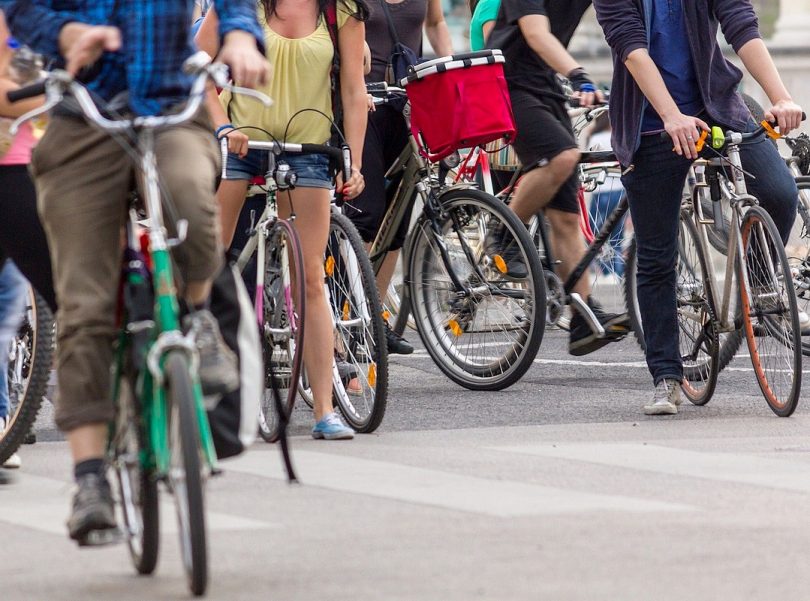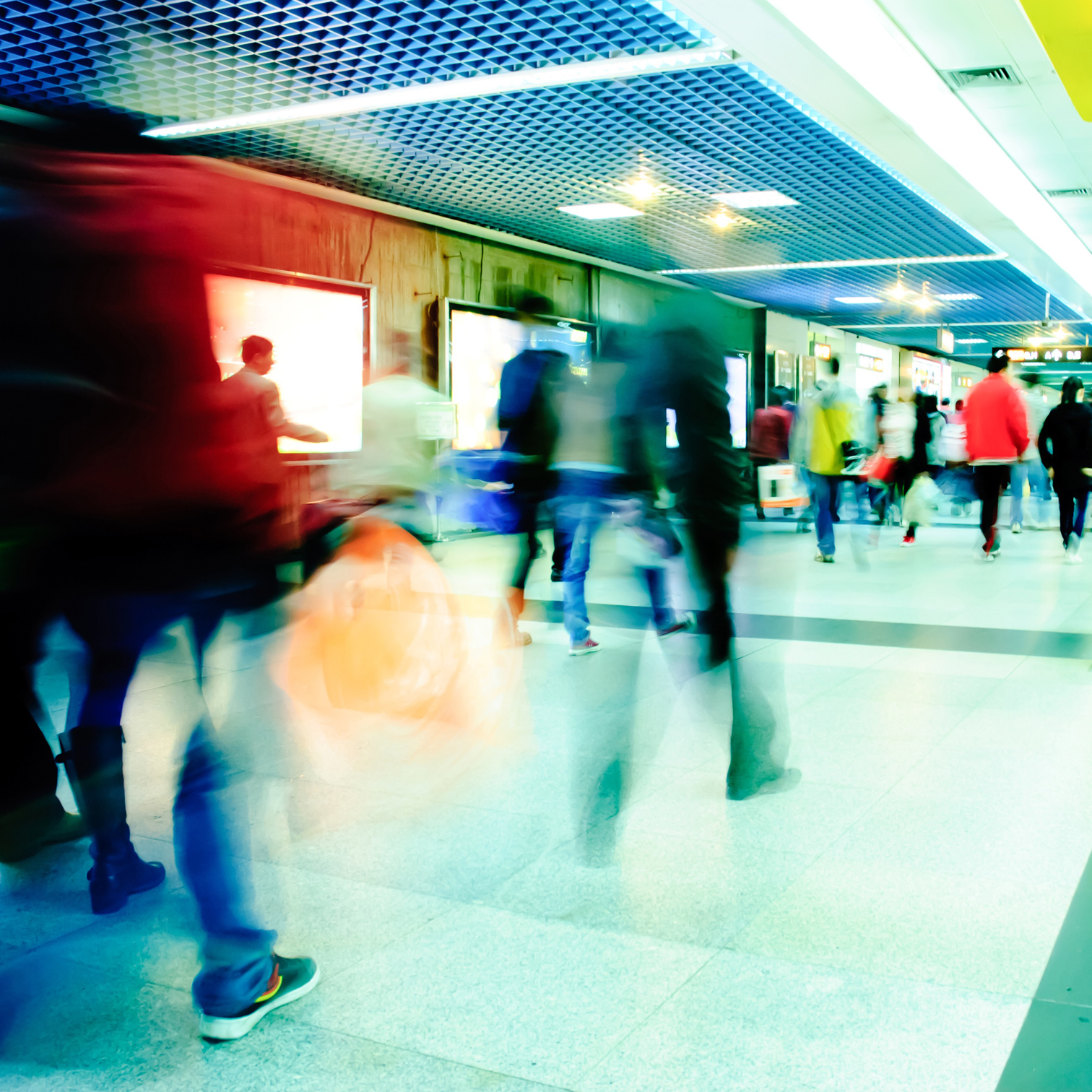Researchers from the Transport Research Centre (TRANSyT) at Universidad Politécnica de Madrid (UPM) carried out a study to identify the car trips that could be replaced by more active modes e.g. by bicycles or walking. They also identified the barriers perceived by people who travel by car.
The obtained results provide valuable information to implement measures that promote the replacement of cars by other non-motorized transport for short trips.
In order to study and assess a potential modal change towards an active transports mode in a medium-sized city, UPM researchers have carried out a study in Vitoria-Gasteiz (Spain). Firstly, they assessed the percentage of car drivers that potentially could have used active modes (cycling and walking).
We obtained the distance that individuals are willing to travel using active modes based on the results of a mobility survey. The distance of 1.6 km and 3.5 was set for trips made on foot and by bicycle respectively. These distance values were applied to all the car trips which were also obtained through the survey. As a result, we obtained the car trips that in terms of distance could have been replaced by active modes.
“Results suggests that, in Vitoria-Gasteiz (Spain), around 20% of car trips could have made on foot and up to 40% by bicycles”, says Belén Martín, a researcher involved in this study.
Secondly, they assessed the main barriers perceived by users to use the bicycle based on the information of potentially replaceable trips by active modes. This analysis aimed to find out what barriers are more relevant to switch from cars to bicycles in short journeys.
The barriers perceived as the most limiting by car users concern personal safety and practical issues such as the lack of cycle lanes, parking, and repairs.
“The obtained results provide valuable information for policymakers and city council staff”, says Javier Delso, another researcher involved in this study. Both the obtained distance thresholds and the percentage of short car trips potentially replaceable can help define transport regulations. “The analysis results of the perceived barriers can be used to study the most suitable measures to boost the switch from car to bicycle for short trips”, concludes Delso.
This study was carried out under the framework of the following projects: “Desarrollo de Aplicaciones SIG para la Implementación de Indicadores de Fragmentación Urbana y Mejora de la Movilidad” and “DESPACIO” (TRA2017-88058-R) funded by the Spanish Ministry of Science in the “Programa Estatal de I+D+i Orientada a los Retos de la Sociedad”.
Full bibliographic information:
Delso J, Martín B, Ortega E.: Potentially Replaceable Car Trips: Assessment of Potential Modal Change towards Active Transport Modes in Vitoria-Gasteiz. In: Sustainability. 2018; 10 (10):3510.
Related articles:
- European cities undergoing a transport revolution (4. Dezember 2018)





